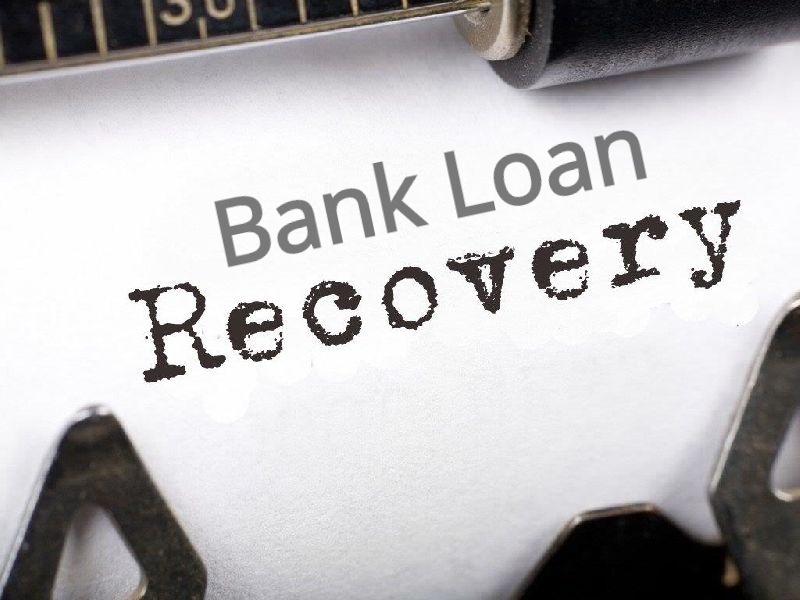Every lending transaction is two-way, involving the extension of a loan and subsequently the repayment of that debt. The reality, on the other hand, is far from two-process straightforward.
When it comes to delinquent loans, there are a variety of reasons why a borrower may default on their payments. A suitable lender, on the other hand, guarantees that no stone is left unturned in recovering what may be best managed to keep them afloat.
5 Ways to Make Debt Recovery Easier
- Contact Strategy Using Multiple Channels
- Pending Debt Statements are generated automatically.
- Debtor Tracing with a Tech Twist
- Tracking of Follow-Up on a Regular Basis
- Use Account Receivable Scores and Debt Recovery Analytics
Loan Recovery Techniques
1. Gain a better understanding of the applicant’s creditworthiness.
Nothing could aid a lender’s loan recovery procedure more than ensuring that they only lend to trustworthy consumers in the first place. Lenders must make it clear that they only lend to those with great credit scores and the ability to repay their loans on time.
Numerous data sources enumerate an applicant’s financial health in order to properly express and sustain this posture.
2. Automate the Collecting Process
Debt collection must be a manual process, and lenders must guarantee that they have the resources to collect timely payments from borrowers without the need for human participation.
Borrowers are urged to pay on time through a specialised collecting mechanism. This is critical for lenders that deal with a wide range of clients and need to keep track of all their due payments.
3. The application of Loan Origination Systems
As previously said, including the most up-to-date loan origination system software into a traditional lending firm’s operations is always a smart idea. The vast expanse of services offered by this software helps cut down the loan turnaround time substantially and helps save tremendous amounts of time, effort, and cost in the process.
4. Real-time monitoring of client activity
Lenders can profit from pre-defined systems that allow them to monitor their borrowers’ real-time activity. When a borrower makes a payment, for example, the lender’s team is contacted and kept informed.
This reduces the number of times the same borrowers are contacted by the lender for collection purposes, resulting in a better customer experience. It also saves the entire team a lot of time and work.
Process of Loan Recovery
One of the main criteria that determine a loan recovery process is the reason for loan default. Let us understand the same with examples.
Type 1
Imagine a situation where a borrower, Mr. Raj is financially responsible with a good credit score. But due to unexpected, he has lost his job and is unable to repay the loan.
In this situation, the lending institution may offer him one of the following options:
- Repayment period is extended, lowering the EMI cost.
- A moratorium, during which he will not be required to pay the EMI for a period of time.
- Agree to a ‘haircut,’ in which the lender waives a portion of the loan if the borrower is unable to repay the debt in the near future.
- It should be emphasised that a moratorium or even a “haircut” may have a negative impact on Mr. Raj’s credit score. Even if the loan term is prolonged, the best alternative is to repay the debt in full.
Type 2
Mr. Raj has a poor credit score, yet he has taken out a loan despite his doubts about his ability to repay it. As a result, despite receiving a loan, the interest rate is high and the payback period is short.
He may also be denied a ‘haircut’ or a moratorium.
If Mr. Raj defaults on a secured loan, the lender may opt to sell the asset pledged as collateral to recoup the loan amount. Mr. Raj, on the other hand, has the right to any proceeds from the sale once the loan has been returned.
If neither of these approaches proves effective, the lender may dispatch loan collection agents.
RBI Guidelines for Loan Recovery Agents
- When it comes to hiring loan recovery agents, banks must follow a due diligence process and are accountable for any complaints lodged against them.
- Borrowers must first be informed of the recovery agency’s details.
- When meeting with the defaulter, the agent must also bring the authorisation letter and a copy of the bank’s notification.
- If a borrower has filed a complaint, banks are not permitted to transmit the case to a collection agency until the complaint has been resolved.
- However, if the bank is convinced with proof that the objections are frivolous, this is invalidated.
- The bank must also ensure that borrowers’ complaints about the recovery procedure are properly addressed.
When is an account categorized as NPA or Non-Performing Asset?
If the interest or payment on an account has not been paid for more than 90 days, it is deemed a non-performing asset (NPA).
Being labelled as a non-performing asset (NPA) is detrimental to one’s financial future since it hinders one from obtaining credit or obtaining a loan in the future. Furthermore, the borrower’s credit score will be seriously harmed.

